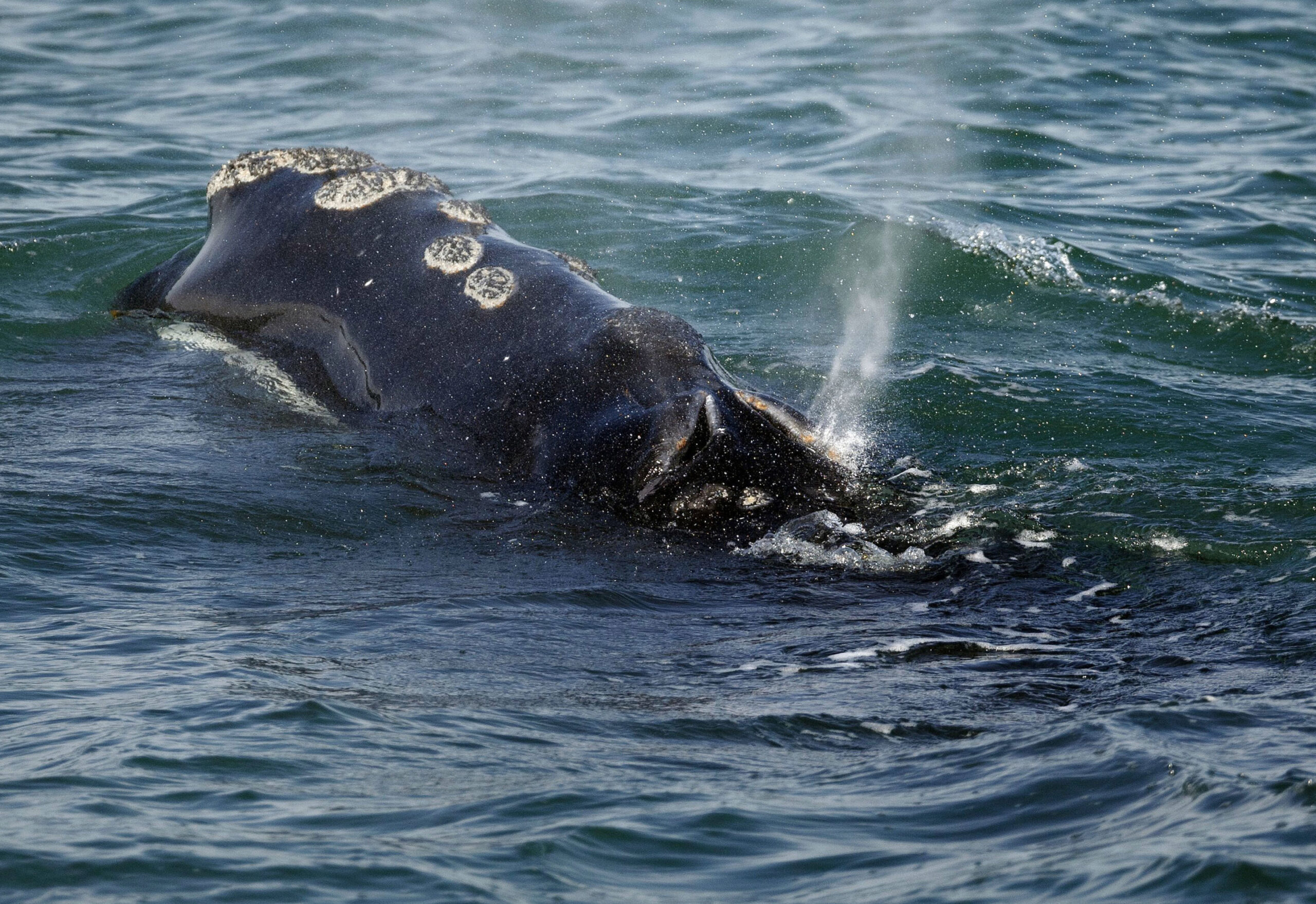
The decline of one of the rarest whales in the world appears to be slowing, but scientists warn the giant mammals still face existential threats from warming oceans, ship collisions and entanglement in fishing gear.
The population of North Atlantic right whales, which live off the U.S. East Coast, fell by about 25% from 2010 to 2020 and was down to only about 364 whales as of 2021. Now the whales are at around 356 in total, according to a group of scientists, industry members and government officials who study them.
This suggests the population is potentially levelling off, as equal numbers of whales could be entering the population as are being killed, the North Atlantic Right Whale Consortium said Monday. However, getting an accurate count of the aquatic creatures involves certain ranges of error, which put estimates for 2021 and 2022 at roughly around the same number.
The whales were buoyed by a strong birthing year in 2021, when 18 calves were born into the population, the consortium said. However, consortium members cautioned that the high mortality faced by the whales from collisions and entanglement remains an unsustainable burden.
“The news is less bad than it has been. My heart is a little less heavy, but certainly not light or hopeful,” said Philip Hamilton, a consortium board member and a senior scientist at the Anderson Cabot Center for Ocean Life at the New England Aquarium. “It shouldn’t be dependent on the whales to give birth to enough calves to reverse what we’re doing to them.”
Once numerous, their populations were decimated during the commercial whaling era. They have been federally protected for decades.
Scientists say one reason the whales are now in decline has to do with warming oceans and climate change. The whales, which can weigh well over 100,000 pounds (45,359 kilograms), sustain themselves by eating tiny ocean organisms called copepods. They journey from calving grounds off Florida and Georgia to feeding grounds off New England and Canada every year.







